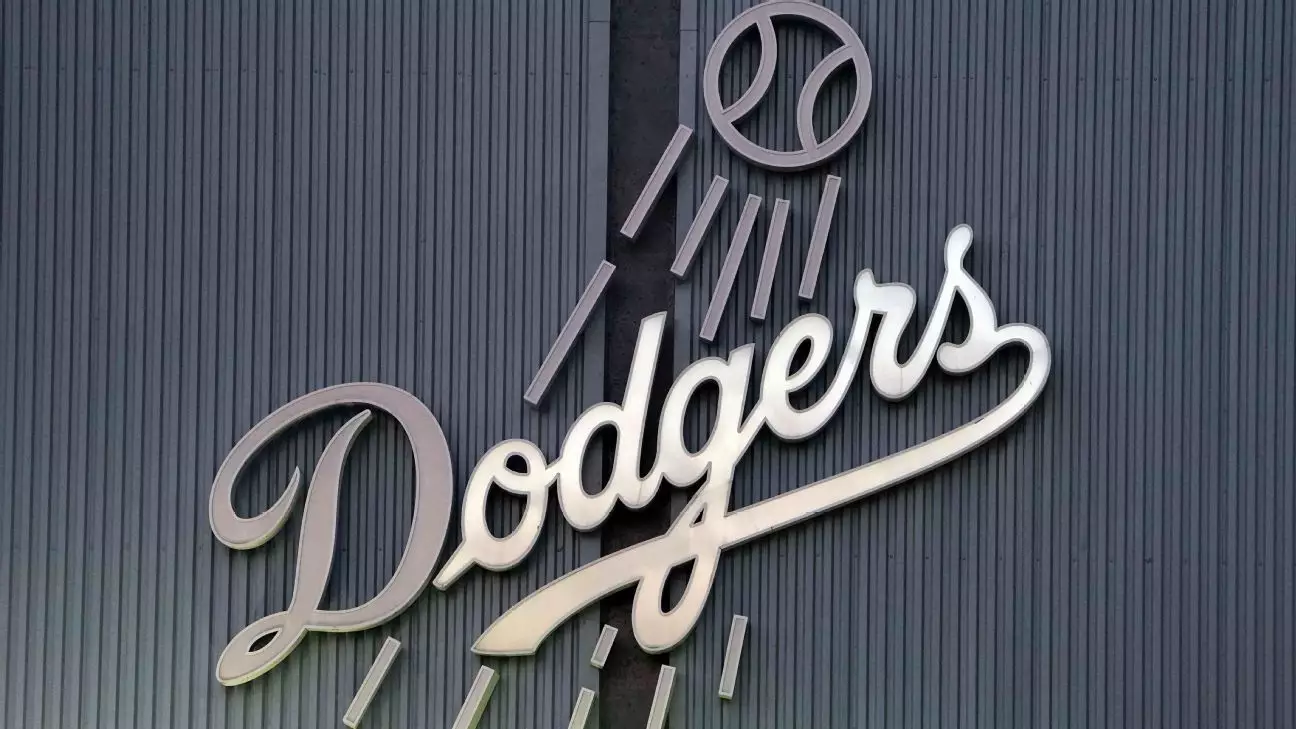In the world of Major League Baseball (MLB), financial strategies are often as critical as the gameplay itself. The Los Angeles Dodgers have recently made headlines not just for their performance on the field but for their substantial deferred payment obligations. With a staggering $1.051 billion owed to eight players over the next few decades, it’s essential to unpack the implications of such financial maneuvers and their effects on the broader landscape of MLB.
Deferred payments are contractual arrangements wherein a portion of a player’s salary is postponed, to be paid at a future date. This practice can create immediate financial flexibility for teams, allowing them to invest more in current player salaries or entirely new acquisitions. Historically, many franchises, including the Dodgers, have utilized this concept as a mechanism to manage their payroll costs effectively. However, while it may seem beneficial in the short term, it can lead to significant long-term liabilities.
The Dodgers’ decision to sign players such as Tanner Scott and Teoscar Hernandez, who come with extensive deferred payment agreements, exemplifies this strategy. For instance, Scott’s contract alone includes $21 million deferred, while Hernandez’s agreement incorporates $23.5 million in deferred payments, demonstrating a clear trend toward leveraging future costs.
While the transaction structures are sanctioned under current collective bargaining agreements, they raise ethical questions regarding competitive balance in the league. MLB Commissioner Rob Manfred has expressed concern that such financial practices may create a disparity between high-revenue teams, like the Dodgers, and those with fewer financial resources. The players’ association’s rejection of MLB’s proposal to regulate deferred payments further complicates the issue, reflecting the contentious relationship between the league’s management and its players.
In a competitive sports environment, many argue that financial flexibility should not come at the expense of fair competition. Fan engagement and market balance hinge significantly on the notion that all teams have a genuine opportunity to compete. The Dodgers’ financial strategies may lead to competitive imbalances, as they can afford to retain star players while lesser-performing teams must focus on budget constraints.
The sheer scale of the Dodgers’ deferred payment obligations is astonishing. Spread across several years, their payouts feature staggering amounts, peaking at $100.95 million in both 2038 and 2039. Notably, these obligations extend beyond just a few high-profile players, enveloping numerous roster spots, including outliers like Shohei Ohtani and Mookie Betts.
The management insists that responsible planning is key to navigating these financial waters. Dodgers president Andrew Friedman has highlighted the organization’s commitment to properly account for these obligations in their financial strategies. He remarked, “We’re not going to wake up in 2035 and [say]: ‘Oh my god, that’s right. We have this money due.’ We’ll plan for it along the way.” This forward-thinking approach may be reassuring for the franchise’s immediate future, but it also raises questions about the long-term sustainability of such a model.
As the Dodgers stare down the barrel of these massive future obligations, they must continually assess their strategy to ensure competitiveness while managing player contracts judiciously. Teams heavily invested in deferred payments might face salary-cap issues when the time to pay comes due, thereby highlighting the potential pitfalls of such contracts.
Moreover, while the Dodgers may currently enjoy the benefits of their strategy, there lies a risk of financial repercussions if the market changes or if their performance declines. The fragile balance between investing for the future and ensuring immediate responsiveness could present significant challenges in the years to come.
Ultimately, the Dodgers’ financial strategy illustrates a delicate dance between ambition and responsibility. As the landscape of Major League Baseball continues to evolve, franchises must navigate contractual complexities, competitive ethics, and fan expectations with care, always keeping one eye on the future.

